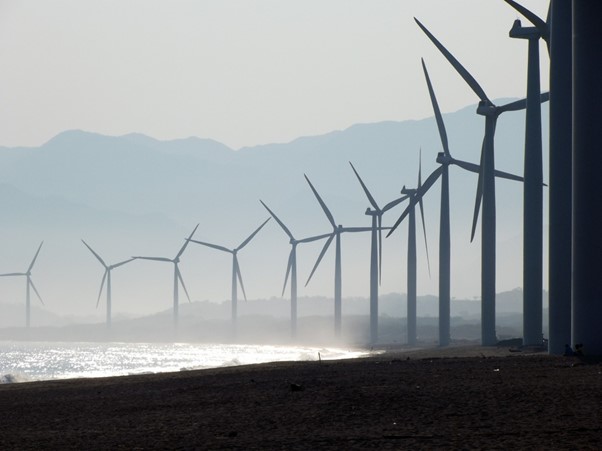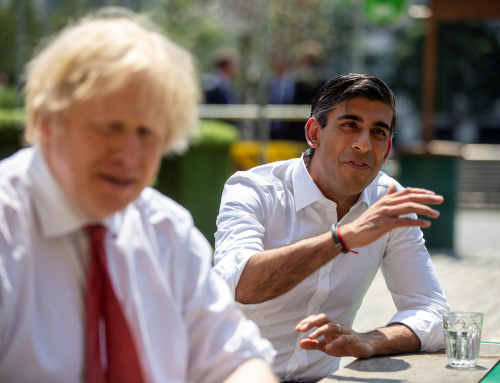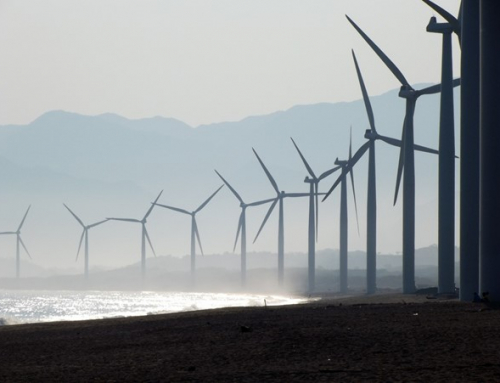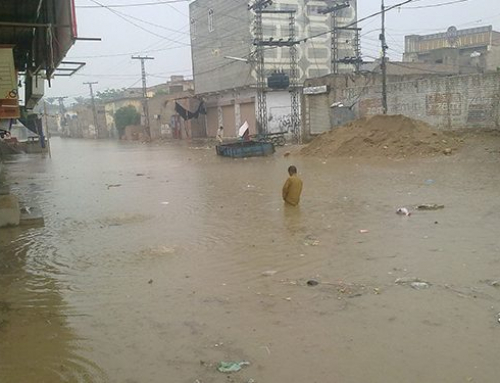By Barney Smith
On 29 June 2022, the Global Wind Energy Council(GWEC) released its latest Annual Offshore Wind Report. Inter-alia, it chronicles the growing disparity between the considerable improvements in off- shore wind during the year (2021 was actually the best year ever) and the demands of those who would rather measure the world’s reaction to the decarbonisation requirements of the Paris agreements. Their verdict is scarcely a surprise: we didn’t do enough in 2021, which leaves still more to be added to the total of what must be accomplished in the next and subsequent year(s).
But to begin with the positive, 2021 was the best year yet for off-shore wind, with over 21 GW of capacity connected to the grid. This brings total global offshore wind power capacity to 56 GW, representing 7 per cent of total cumulative wind installation. The UK had another record year with more than 2.3 GW of grid connectivity, but the major winner was China, with nearly 17 GW of new grid connections.

Best year yet for offshore wind says GWEC
It is fair to say that, at the end of 2021, Europe with just over 50 per cent of total cumulative installations, was fractionally ahead of Asia, with just over 49 per cent of total installations. You would be right in noting that the two totals added together don’t leave much room for Africa or America, North or South. Even the US is only represented by 42 MW of installations, or 0.1 per cent of total off-shore wind capacity.
It is, paradoxically, rather more about the future that the off-shore wind fraternity have their concerns. Not so much about the changed direction of economic life and the need to ensure secure energy supplies, while also responding to the demands of climate change. On the contrary, they welcome the general realisation that fossil fuels are no longer the fuel of the future and that off-shore wind has an increasingly important part to play in the decarbonisation of electricity.
Their concern is a more practical one: can the industry can actually deliver the practical installations which will instantiate the targets now being set by a number of governments. Does the global off-shore wind supply chain have the potential and capacity to meet the rapidly growing world demand for non-fossil fuel energy?
More widely, what about the future challenges posed by the supply of critical minerals and the decarbonised supply chain? What is the correct approach to new technology development in the industry, including off-shore wind turbine technology innovation and trends in turbine drivetrains? Will recent developments in green hydrogen be relevant?
Not all the answers lie within the grasp of what is a very new industry. Will the relevant governments play their part in the energy transition? Their part will include flexibility on issues like permitting and the swifter release of sites. Then there is also the long-term need for the enhanced off-shore industry to be deployed in harmony with nature: both government and the industry should be involved.





